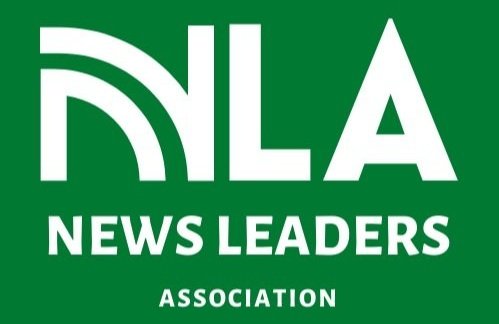Freedom of Information
People in and out of the news business use state and federal Freedom of Information laws constantly to find out what’s happening in their communities and to hold public officials accountable.
Learn about NLA’s initiatives and work on behalf of the First Amendment.
filing a foia request
There are numerous online tools for easily filing and tracking FOIA requests that can be used by journalists and the public alike. Resources include:
iFOIA from the Reporters Committee for Freedom of the Press
FOIA RESOURCES
The Society for Professional Journalists FOI Resources
SPJ’s FOI Resources Page is a valuable source of information which includes links to stories, websites, State Sunshine Chairs and document-driven ideas you can use in your own community.
SPJ’s step-by-step guide on FOI for pros
If you're unfamiliar with FOI laws, need help submitting a records request or simply don't know where to start, this guide can help.
SPJ How to Conduct an Audit ToolKit
SPJ’s audit toolkit provides you with more info on how to perform a government audit.Reporters Committee for Freedom of the Press
The Reporters Committee provides unparalleled information on federal and state open government law and what it means for reporters. Of particular note are the Digital Journalists Legal Guide, the 50-state Federal Open Government Guide and the Federal FOIA Appeals Guide.National Freedom of Information Coalition
This nonpartisan alliance of state open government groups publishes state FOI news and other resources on its website. It also maintains a listserv, used by open government experts, as well as novices seeking help in accessing public record.OpenTheGovernment.org
This coalition of organizations united to promote government transparency produces a variety of news and analysis. Here’s their archive of FOIA materials.First Amendment Coalition
The First Amendment Coalition is a nonprofit organization that advocates for free speech, a free press and a more open and accountable government. Check out their FOIA sample letter and California Public Records Act sample letter. They also offer a free Legal Hotline where FAC staff attorneys help journalists with public records requests and answer a range of questions about open-government and First Amendment issues.New England First Amendment Coalition
The New England First Amendment Coalition defends, promotes and expands public access to government and the work it does. The coalition is a broad-based organization of people who believe in the power of transparency in a democratic society. They offer a multi-media FOI Guide and many public record law tutorials for viewing.If you are writing a news story or editorial about freedom of information for Sunshine Week or any other time, we have some ideas to help your writing and presentations resonate with readers and viewers.
Here are some activities you can get rolling in your newsroom to educate and inspire co-workers. Also check the page listing ideas for chapters, which might be applicable for your news organization. Make sure to invite top managers to develop buy-in at the highest levels.
foia history
To learn more about the history of the Freedom of Information Act, which was signed into law by President Lyndon B. Johnson on July 4, 1966, read CJ Ciaramella’s excellent report, first published by Pacific Standard in time for the law’s 50th anniversary, “The Freedom of Information Act — and the Hero Who Pioneered It”:
The Freedom of Information Act (FOIA) turns 50 years old on July 4, 2016. The landmark bill, signed into law by a reluctant Lyndon B. Johnson in 1966, gave the public unprecedented access to government documents. Like many great American contributions to democracy, it was the project of a lone crusader, opposed by the leading politicians of the day until it finally became law, then fully embraced on paper but never more than half-realized in reality.
And the Swedes beat us to the idea by 200 years.
Nevertheless, the FOIA and its state-level progeny have been used by journalists to uncover everything from how many cans of vanilla Ensure the government bought to force-feed detainees at Guantanamo Bay to who’s having the loudest sex in New York City. Read any big news investigation and you’re likely to come across the phrase “according to records obtained through the Freedom of Information Act.”
None of this would have been possible without John E. Moss, a backbench Democratic congressman from California who labored for 12 years, and often against his own party, to get the bill passed.
